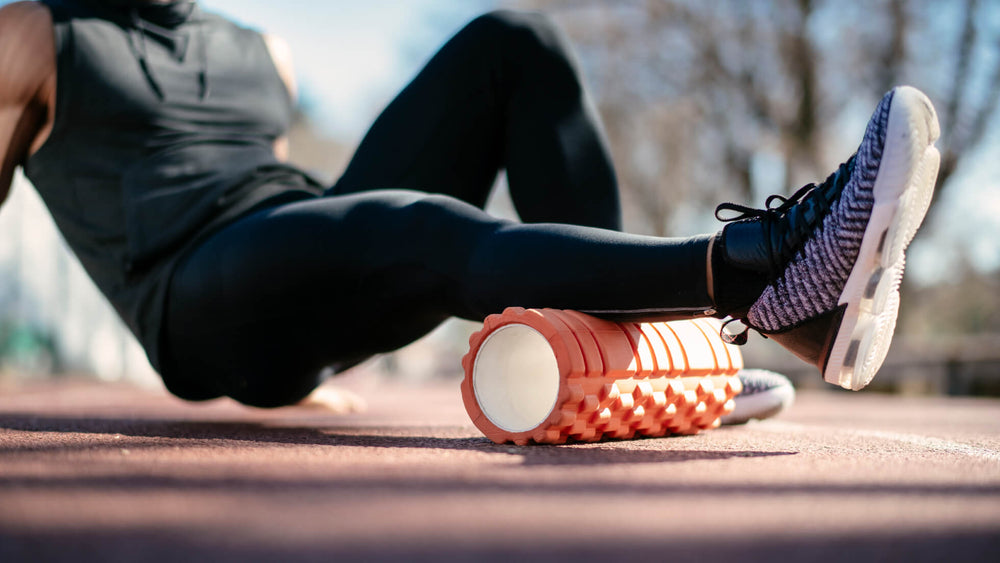Proven mental strategies to stay motivated on long runs—and turn grueling miles into focused, rewarding training.

training

Beating the Winter Blues: Find Your Training Motivation
Beat the winter slump—discover smart, energizing ways to stay motivated, strong, and consistent through cold-weather training.

Race-Day Energy and Post-Race Repair: The Ultimate Carb/Protein Blueprint
Fuel smarter, recover faster—learn the ideal carb-protein mix to power your workouts and speed post-race recovery.

Ice Baths vs. Saunas: Your Next Recovery and Performance Hack
Discover whether heat or cold gives you the recovery edge—sauna or ice bath, which boosts performance best?

What Causes Cramps? (And How to Keep Them at Bay)
From dehydration to fatigue, cramps have many causes—here’s how to prevent them and power through pain-free.
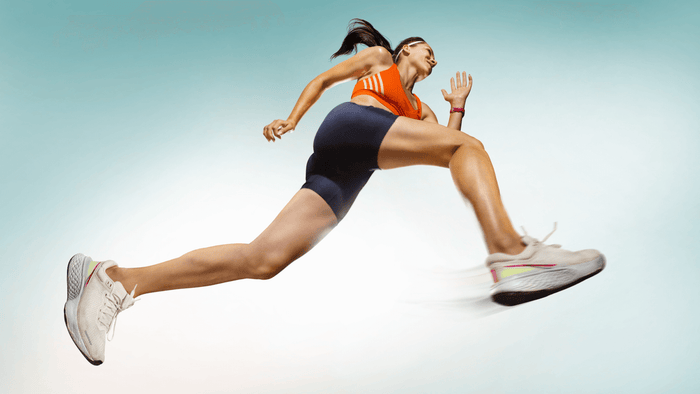
Are All Sugars Created Equal? A Guide for Athletes
Not all sugars fuel you the same. From maple syrup to maltodextrin, learn which sugars boost endurance and what to consider when choosing.
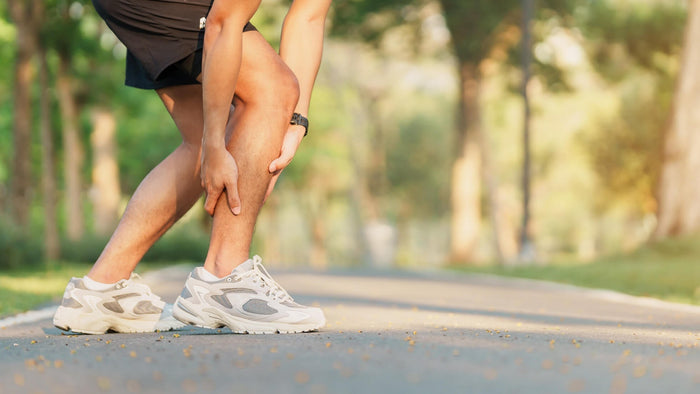
Understanding Shin Splints: A Guide for Runners
Shin splints 101: causes, types, and tips to treat and prevent leg pain for runners easing into training safely.

Sleep Hacks for Optimal Recovery: 5 Tips to Boost Your ZZZs
Level up recovery with quality sleep: stick to a schedule, keep it cool, use white noise, unplug before bed, and try Calm Legs for restful nights.

5 Essential Daily Exercises to Keep You Limber and Ready for Whatever
Stay limber and strong with daily dynamic stretches, lunges, pigeon pose, planks, and foam rolling—boost recovery and mobility every day.
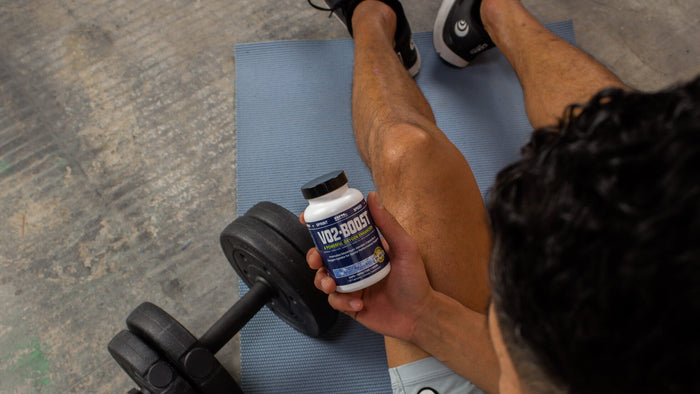
Boost Your VO2 Max: 3 Time-Saving Workouts for Runners and Cyclists
Boost VO2 max with anaerobic sprints, hill repeats, and sweet spot workouts. Train smart, stay consistent, and enhance oxygen efficiency.
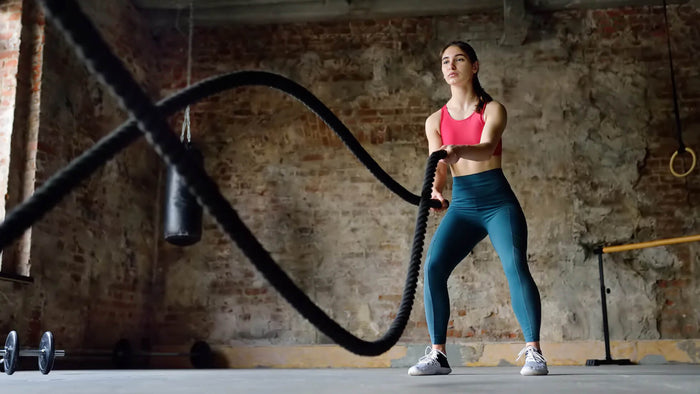
6 Reasons Why Endurance Athletes Should Add HIIT to Their Training
High-Intensity Interval Training (HIIT) offers endurance athletes a powerful supplement to steady-state workouts by improving anaerobic capacity, speed, and cardiovascular efficiency. HIIT helps enhance VO₂ max, lactic acid tolerance, and explosive power through short bursts of maximum effort followed by recovery periods. It also supports fat loss, boosts metabolic rate, and strengthens muscle groups that aid in injury prevention. The mental and physical variety of HIIT keeps training engaging and time-efficient, making it easier to stay motivated. Integrating HIIT 1–2 times per week can elevate performance and recovery while maintaining enthusiasm for long-term endurance goals.

Break Through Burnout: When to Take a Training Break
Burnout is a common challenge for endurance athletes and results from prolonged physical and mental stress without sufficient rest. Symptoms include persistent fatigue, soreness, frequent illness, poor sleep, and emotional signs like irritability and lack of motivation. Taking a structured break from high-intensity training helps the body recover, prevents injury, and renews mental focus—ultimately enhancing performance. A break should include active recovery, quality sleep, proper nutrition, and reflection on training goals. Gradually returning to training with adjustments and added strength work can lead to more sustainable long-term progress.

